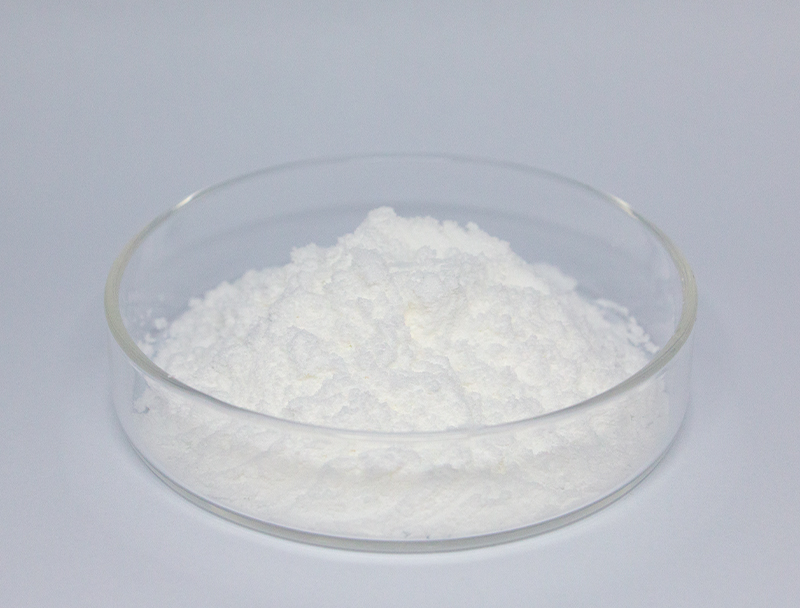
Large-scale bioproduction hinges upon a wide assortment of raw materials to supply inventive bioproducts.
Protecting continuous ethical sourcing of resources is paramount for the long-term viability and ethical growth of the industry.
multiple challenges associated with traditional raw material procurement including biodiversity loss and excessive resource use. Hence, stakeholders must deploy sustainable supply practices to minimize environmental costs.
- Illustrations of eco-conscious sourcing involve:
- Adopting organic-origin materials from crop remnants
- Applying zero-waste frameworks to limit waste and optimize resource use
- Building relationships with nearby vendors dedicated to moral sourcing
Adopting sustainable feedstock strategies yields environmental wins alongside fiscal sustainability.
Tuning Feedstock Characteristics for Higher Biofuel Efficiency
Optimizing biofuel yields depends strongly on feedstock quality and makeup. Technologists actively pursue refinements to increase feedstock efficiency, facilitating elevated yields and a renewable energy transition. Strategies feature genetic optimization to raise biomass yield plus pretreatment to depolymerize plant polymers into sugars.
- Likewise, initiatives explore candidates such as algal biomass, process wastes, and agricultural leftovers to extend sustainable feedstock availability for fuels.
- As a result of relentless efforts the industry should deliver significant enhancements paving a path to sustainable energy.
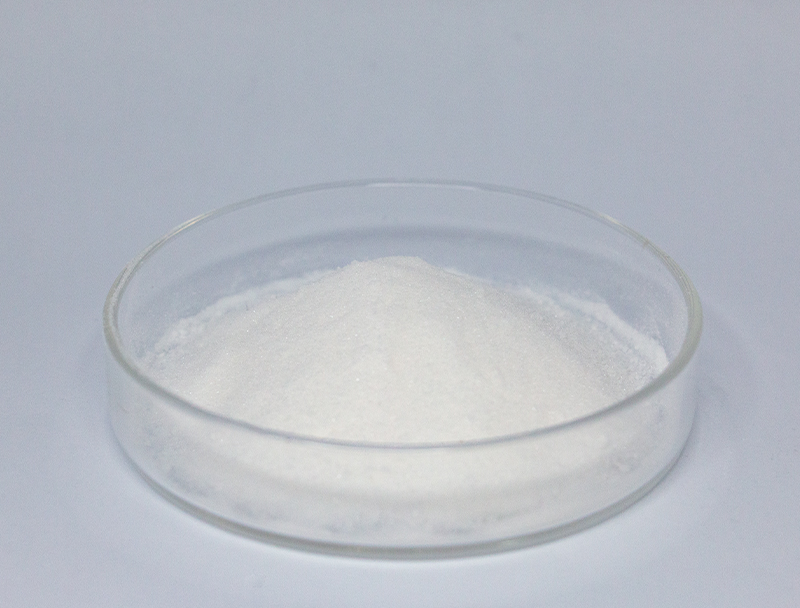
Advances in Biopharmaceutical Manufacturing: Focus on Upstream Operations
entails beginning production stages such as cell growth and biomass recovery Contemporary breakthroughs have refined protocols and elevated product throughput.
Salient improvements involve specialized expression hosts, fine-tuned media strategies, and next-gen bioreactor concepts. Such breakthroughs boost efficiency and simultaneously reduce manufacturing costs and carbon burdens.
- Also, evolving practices favor continuous flow processing which supports more agile upstream control.
- This shift towards more sophisticated biopharmaceutical manufacturing methods promises to revolutionize the industry and pave the way for faster development of novel therapeutics.
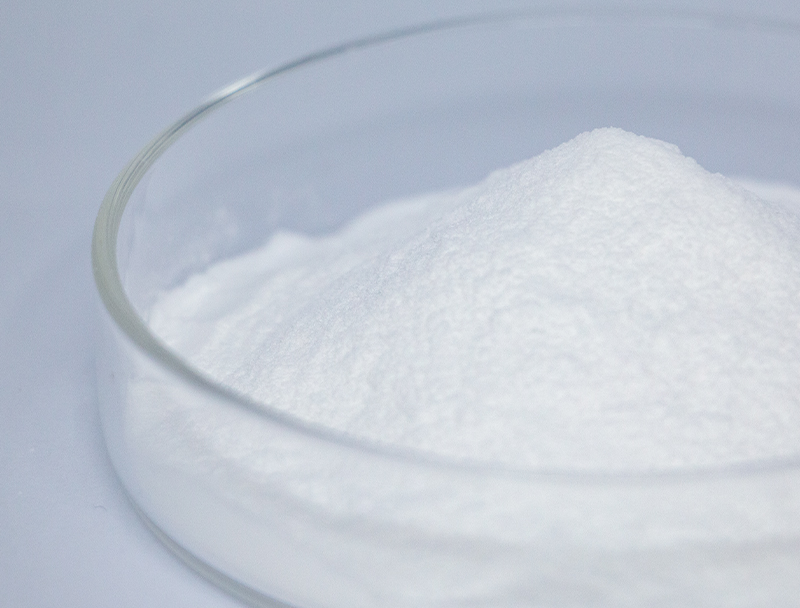
Molecular Editing Strategies to Increase Bioproduct Output
breakthroughs in precise gene modification systems have reshaped biopharma production. Using precise gene interventions, engineers raise the output of key therapeutic proteins. This route supports the creation of more affordable and productive treatments for multiple disorders.
Microbial Biotechnology as a Sustainable Cleanup Strategy
novel biological remediation techniques leveraging microbial metabolisms for pollution control. Selected microbial cultures can remediate contaminants through biodegradation pathways.. Utilizing microbial metabolism supports eco-friendly site cleanup methods that limit secondary harm from remediation.. Analysts explore microbial consortia for targeted removal of metal toxins, pesticide residues, and petroleum contaminants.. Microbial strains work in bioreactor settings or on-site applications to convert pollutants through biological pathways..
Employing microbial strategies for remediation provides multiple benefits versus traditional techniques. Microbe-driven cleanup typically costs less and generates fewer dangerous byproducts. Additionally, microbial tactics can target contaminants selectively while preserving surrounding ecological systems. Research efforts persist to upgrade the potency and implementation of microbial remediation strategies.
Bioinformatics Tools Transforming Drug R&D
Bioinformatic tools play an increasingly crucial role in the modern landscape of drug discovery and development. From target discovery through candidate optimization, bioinformatics facilitates streamlined, hypothesis-guided workflows.
- By interrogating large-scale omics and clinical information, scientists find new targets and predict candidate efficacy.
- Also, in silico modeling of molecular interactions accelerates optimization toward more selective therapeutics.
- In conclusion, computational biology reshapes discovery pipelines and speeds delivery of reliable treatments for patients.
Pathway Engineering for Greater Bioproduct Yields
uses diverse methods to increase biosynthesis of target bioproducts in organisms. Approaches may include genome edits to rewire pathways, transcriptional control to tune expression, and heterologous gene insertion to add functions.. By refining pathway flux and regulation engineers can significantly raise bioproduct production.
This broad strategy is positioned to innovate sectors including pharmaceuticals, crop science, and bioenergy.
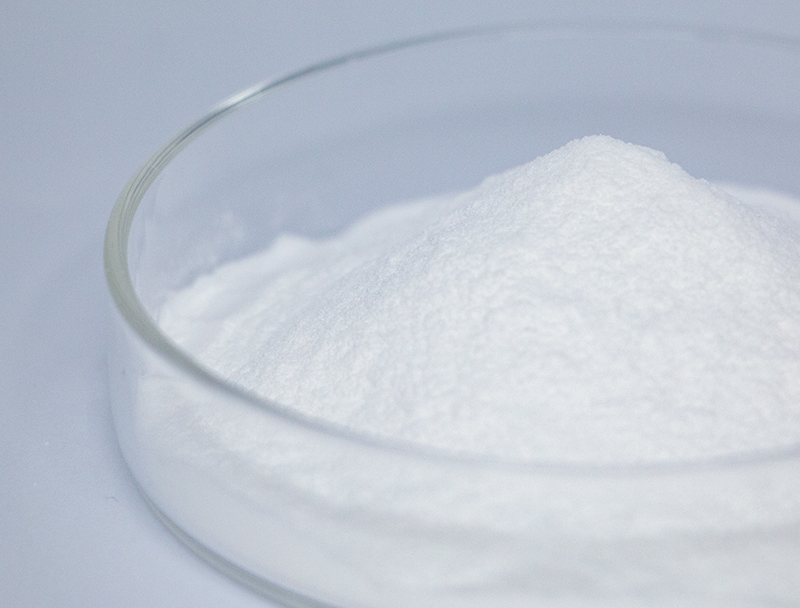
Scale-Up Challenges and Prospects for Biopharmaceuticals
Scaling up biopharmaceutical production presents both significant challenges and exciting opportunities. Retaining quality standards during scale enlargement is a core difficulty. This requires robust process control, precise monitoring, and sophisticated analytical techniques.
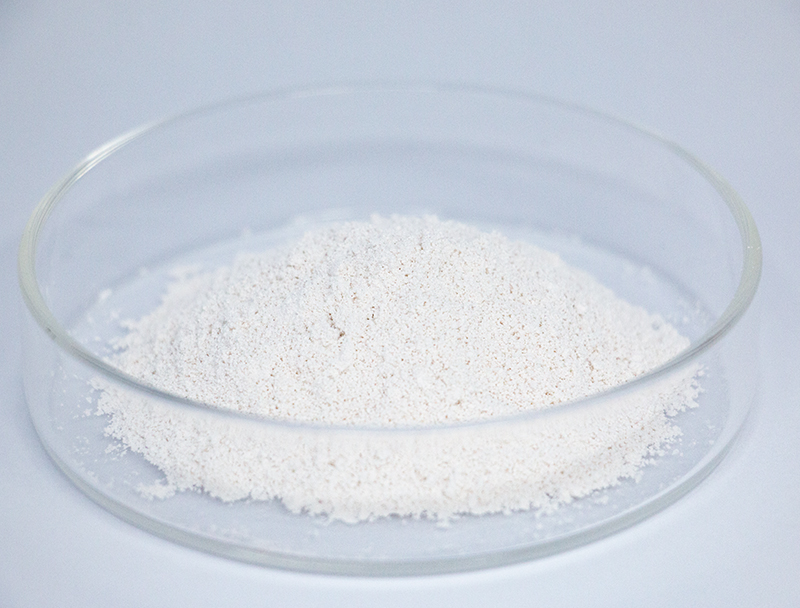
Another concern is that bioprocessing workflows are inherently complex and multi-staged.. Optimizing these processes for large-scale production can be a complex undertaking, requiring extensive research and technological innovation.. However, the prospective rewards are sizable. Achieved scale can widen availability of treatments, lower manufacturing costs, and boost financial returns.
Challenges are being addressed through a number of initiatives. Programs comprise advanced optimization systems, real-time process monitoring tools, and innovative production strategies.
- Development efforts are also playing a crucial role in advancing biopharmaceutical production capabilities.
- Regulatory frameworks are being optimized to accommodate novel production technologies and promote innovation.
Exploring Approval Frameworks for Biopharmaceutical Safety and Effectiveness
Engineering biologic therapies includes robust governance to assure patient safety and measure effectiveness. Therapies derived from biological organisms carry special considerations not typical of conventional pharmaceuticals.
Institutions such as the U.S. FDA Sialic Acid and European EMA lead in formulating regulations and benchmarks for biologic approvals..
Strict validation and testing steps are required across the product lifecycle from lab studies to post-market oversight.. These controls function to identify dangers and ensure biopharmaceuticals achieve premier safety standards..
Concurrently, regulatory organizations fine-tune methods to remain compatible with quick scientific advancements. Policies involve deploying novel tech and expediting development while preserving commitment to patient safety.

Exploring the Potential of Plant-Based Biomass Feedstocks in Bioplastics
The growing need for sustainable materials has led to a surge in research and development of renewable options. Converting plant biomass into bioplastics offers a credible pathway to environmentally sound products. Feedstocks including cornstarch, plant cellulose, and sugarcane derivatives yield biodegradable plastics which break down and mitigate plastic pollution.
Additionally, many plant-based bioplastics show performance characteristics similar to conventional plastics for numerous uses.. Sustained research efforts are necessary to optimize plant feedstocks for mass bioplastic production and enable circularity.
Emerging Biotech Solutions for Health and Food Security
Biotechnology offers potent solutions for advancing public health and enhancing food security. Through advancements in genetic engineering, synthetic biology, and cell therapies, biotechnologists are developing innovative solutions to combat infectious diseases, improve crop yields, and enhance nutritional value.. Consider genetically enhanced crops that resist pests and environmental stresses to improve production and reduce pesticide reliance.. Furthermore, biotechnology supports creation of vaccines, therapeutic agents, and advanced diagnostics that strengthen responses to infectious threats and enhance health outcomes.. As research progresses, biotechnology holds immense promise for creating a healthier and more sustainable future for all.
